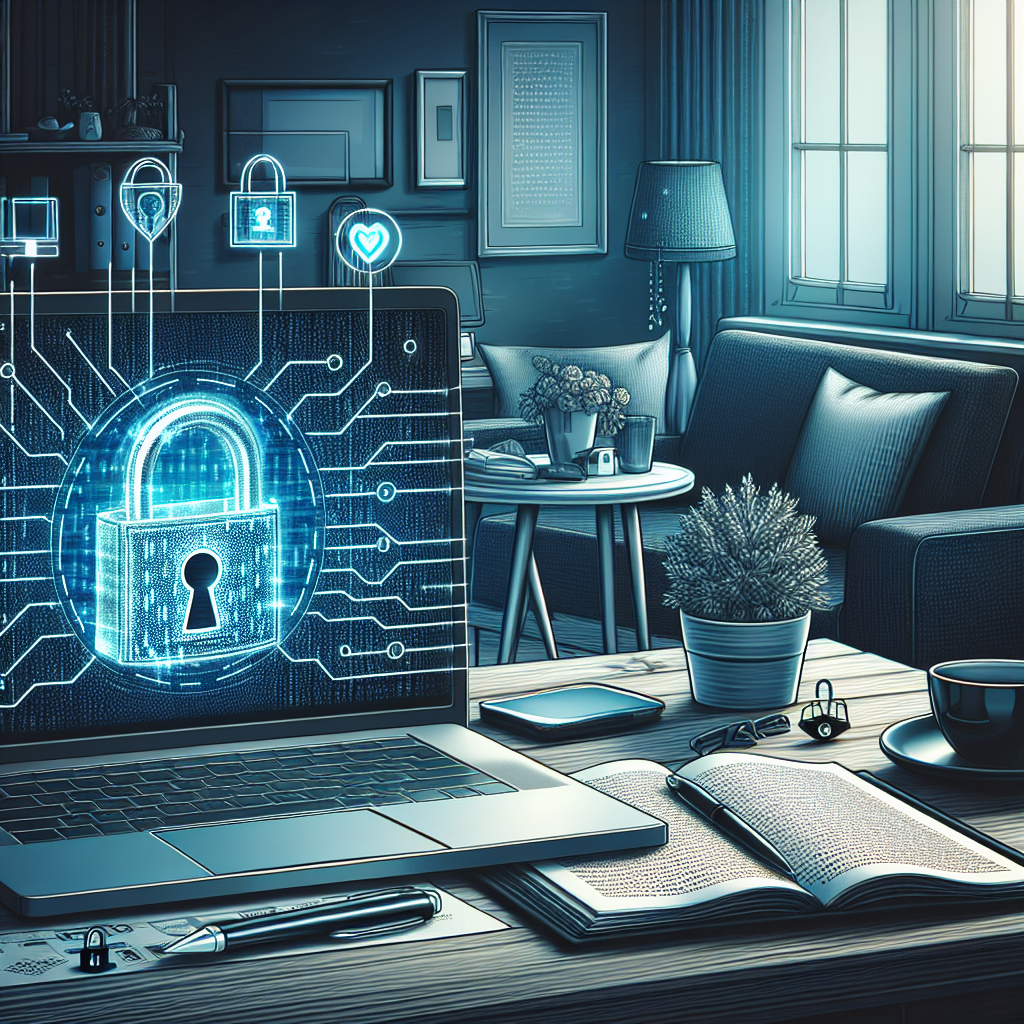Fix today. Protect forever.
Secure your devices with the #1 malware removal and protection software
In recent years, remote work has become increasingly popular as more companies embrace flexible work arrangements. However, with the rise of remote work comes new challenges in cybersecurity. Remote workers are more vulnerable to cyber threats as they often work outside of the traditional office environment, using personal devices and unsecured networks. In order to protect sensitive information and prevent cyber attacks, remote workers must take proactive steps to ensure secure telecommuting.
One of the most important strategies for secure telecommuting is using a virtual private network (VPN). A VPN encrypts all data transmitted between the remote worker’s device and the company’s network, making it much more difficult for hackers to intercept sensitive information. VPNs also allow remote workers to access company resources securely, even when using public Wi-Fi networks.
Another key strategy for secure telecommuting is keeping software and devices up to date. Cybercriminals often exploit vulnerabilities in outdated software to gain access to a network. Remote workers should regularly update their operating systems, applications, and antivirus software to protect against potential security threats.
In addition to software updates, remote workers should also use strong, unique passwords for all accounts and devices. Passwords should be a combination of letters, numbers, and special characters, and should be changed regularly. Using a password manager can help remote workers keep track of their passwords and generate strong, unique passwords for each account.
Remote workers should also be cautious when clicking on links or downloading attachments in emails. Phishing attacks are a common method used by cybercriminals to steal sensitive information. Remote workers should verify the sender’s identity and avoid clicking on suspicious links or downloading attachments from unknown sources.
It is also important for remote workers to secure their physical work environment. Laptops and mobile devices should be kept secure when not in use, and sensitive documents should be stored in a locked cabinet or drawer. Remote workers should also be mindful of who can see their screen or overhear their conversations when working in public spaces.
Finally, remote workers should be vigilant about monitoring their devices for any signs of unusual activity or unauthorized access. If a remote worker suspects that their device has been compromised, they should report it to their IT department immediately.
In conclusion, secure telecommuting is essential for remote workers to protect sensitive information and prevent cyber attacks. By following these strategies for secure telecommuting, remote workers can minimize their risk of falling victim to cyber threats and work safely and securely from any location.
Fix today. Protect forever.
Secure your devices with the #1 malware removal and protection software

Leave a Reply
You must be logged in to post a comment.